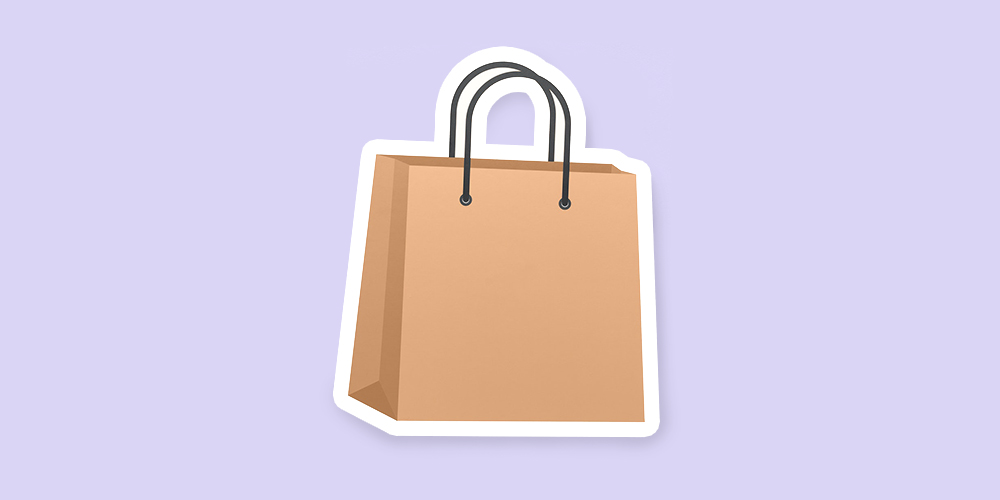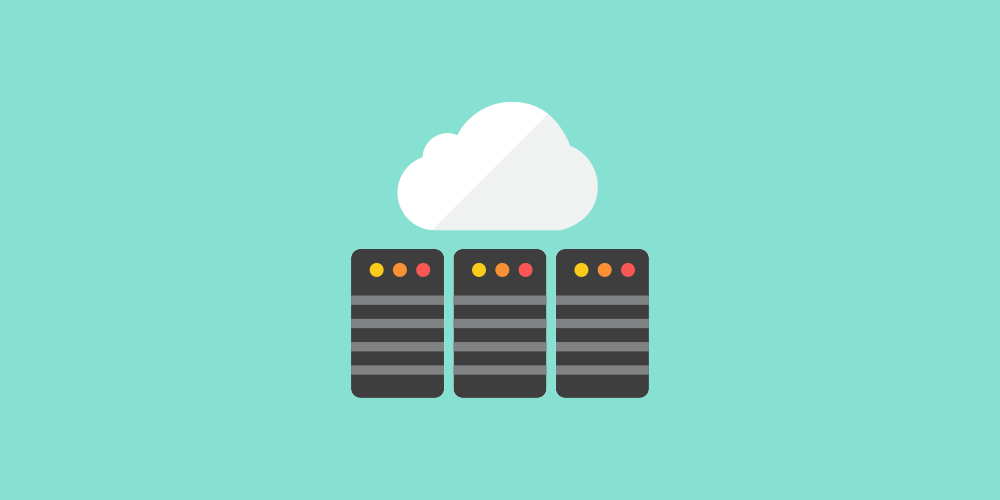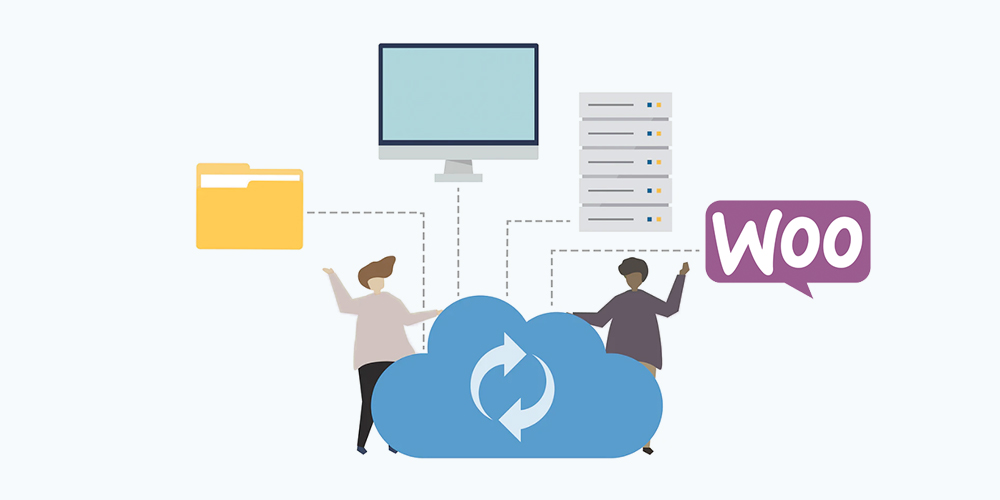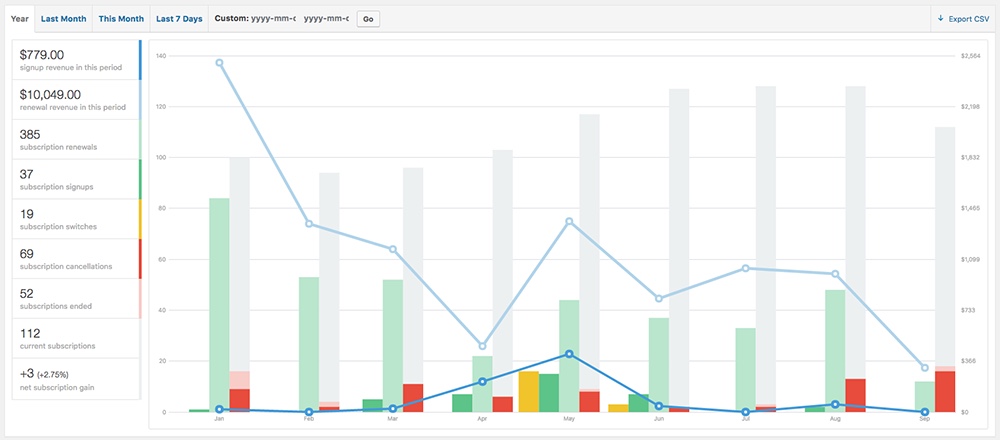How to Manage a WooCommerce Store

WooCommerce is an open-source eCommerce plugin for WordPress. It allows you to convert your WordPress website into an online store and helps you manage it as well. Opening an online store is fairly easy with the help of WooCommerce, but when it comes to long-term management, you may need expert guidance and extensions to increase functionality and performance.
Managing a WooCommerce store can sound overwhelming at the beginning. Especially as WooCommerce offers many extension and add-on plugins to add further tools on your website. Luckily, WooCommerce is equipped with thousands of extensions such as payment and shipping gateways, shopping carts, marketing, SEO tools, and much more to help you manage your store with ease.
Keeping track of each plugin, its speed, performance, and compatibility with other plugins is a full-time job. Thus, we are here to tell you how to minimize the plugins but still create the most user-friendly site that is easy to manage and upgrade.
The Perfect Strategy to Manage a WooCommerce Store
There is a lot more to managing a WooCommerce store than just adding plugins and updating them. Identifying the need for your website and choosing the right tool for it is surprisingly very difficult when you have to go through thousands of options.
To create the perfect website for your store, you need to have all the basic features available. This includes finding the best hosting providers, setting up payment gateways, providing your customers with multiple shipping options, and optimizing your store with add-ons. Once your website is created, you need to update and maintain it routinely to get optimum speed and performance.
I wish we could say we have all the answers right here, but there is a lot more to read ahead in order to create the perfect strategy and work on it. By optimizing the following sections on your WooCommerce store, you can manage it easily without heaping your site with unnecessary features.
1. Managed WordPress Hosting

If you are not familiar with WordPress or WooCommerce workings, then chances are you need a managed hosting provider to take care of the management of your online store. A hosting provider helps you set up, organize, and manage your site easily. It optimizes your site’s performance and elevates your customers’ shopping experience.
If a customer experiences functionality issues, speed problems, and security concerns on your website, then the probability of sales decreases by a lot. Thus, in order to keep your website in excellent condition, you require a good hosting provider at your back.
There are many features provided by a hosting service. For example, Hosting services monitor your site regularly and inform in case of any troubleshoot or error. It also prevents malicious attacks from hackers and viruses and provides grade-A security to protect your business data and customers’ confidential information. 24/7 customer support is also a crucial factor that you need to look for in a hosting provider.

There are many hosting services available but the best among them is WPEngine and Kinsta. WPEngine consists of 3 different pricing plans, which you can choose according to the size of your business. It provides a considerable amount of storage and bandwidth per plan and focuses on performance, integration, and seamless workflows. Kinsta is another powerful hosting platform and provides a high-security network, developer-friendly infrastructure, and high-quality WordPress and customer support, and much more.
2. Bullet-Proof Security

Security is a major concern for all online stores. WooCommerce stores are vulnerable to malicious attacks from hackers, viruses, etc. due to its popularity. Thus, managing store security is also very important for customer satisfaction and optimizing your store.
If you use managed hosting services, then you don’t need to worry about security. Hosting providers aside from performance control, focus on security the most. They provide your website with high-quality security measures like SSL certificates, PCI compliance, protection from brute force attacks, and much more. They monitor your site 24/7 to prevent attacks and cover-up blind-spots. Once your security is taken care of, you can focus all your energy on managing your WooCommerce store.
Although, there are certain measures you can take in order to further solidify your website’s security. This includes enabling 2-Factor Authentication, limiting login attempts, choosing a strong password, customizing URLs, and changing default admin login. Almost 80% of hacker attacks are due to a weak password and using the default login settings, thus such small and necessary measures can make a big difference.

To add security measures to your website it’s recommended to use one of the best WordPress security plugins. These all have core features to help improve your overall web security. But some like Cerber Security offer added features specifically for WooCommerce stores. These include full compatibility with WooCommerce and added reCAPTCHA for WooCommerce forms.
3. Good Customer Service

In today’s eCommerce community, making your brand stand out is a difficult job. There is a lot at stake and you need to provide a user-friendly frontend to win customer’s approval. The reason why retail stores are slightly easier to manage than online stores is because you can directly interact with your customers and get to know their concerns and queries.
To enable customer engagement in your online store, you may want to consider a live chat or helpdesk plugin for customer support. The better the support, the more your customers are likely to open up to you. The benefit of engaging with your customers on a personal level helps in building confidence and trust. Some of the best customer support plugins available for WordPress also work great with WooCommerce. For example, the free Awesome Support helpdesk and LiveChat for WooCommerce plugins are both great options.
A customer is more likely to remember the service provided rather than the product. Thus, making a positive first impression with your helpful customer support is another way to elevate the shopping experience and manage your store directly through customer reviews.
4. Products and Inventory

One of the most tiresome tasks of having an online store is keeping track of inventory, especially if you do not have an automated system to help you out. Large-sized businesses deal with unlimited products and multiple shopping carts, and thus it is quite difficult for them to update inventory at each store.
If your products are not properly listed, do not have relevant information provided, or are mislabeled in stock, this reflects poor management on your part and affects customer satisfaction. Thus, it is necessary to update products and inventory regularly.
WooCommerce offers basic inventory management options built into the core plugin. Located under WooCommerce > Settings > Products > Inventory these include options to add available items, enable low stock notifications to an admin, add out of stock notices and a few other simple options within the main WooCommerce settings. For more advanced inventory options some of the most popular and effective product management plugins for WooCommerce include TradeGecko, WooCommerce Stock Manager and Smart Manager.
5. Shipping and Payment Methods

When you sell physical products, shipping is an added burden. The further workload involves setting shipping charges, providing multiple shipping methods, and enabling multiple locations where your product can reach. It is a daunting task and hard to manage if you sell internationally. A fast and reliant shipping procedure will help in increasing recurrent purchasing and build reliability as well.
With the help of WooCommerce plugins and extensions, you can manage shipping products easily. WooCommerce shipping plugins typically provide multiple shipping rate methods, logistic support, and enable order tracking. Some commonly used shipping plugins are ELEX USPS, Aftership, WooCommerce Advanced shipping, etc.
Another feature that is a must for an online store is a payment gateway. They help in optimizing cash flow and enable options for customers to pay through cash, credit, bank transfer, or debit cards. Many of the major payment processors like Stripe, Square, and PayPal are all available via WooCommerce payment gateway plugins. When choosing the best option for your website take into consideration your target audience, ease of use and security.
6. Plugins and Extensions

To further simplify the management of your online WooCommerce store, you can choose from many WooCommerce addons and extensions. But, we also need to minimize and control our use of unnecessary extensions to optimize performance and management. Unnecessarily filling your site with plugins can potentially affect speed or even cause conflicts with other essential plugins. Luckily, as WooCommerce is an open-source platform, it allows you to add functions according to your requirement.
The extensions offered for WooCommerce are divided into many categories, some of these are; shopping cart, social proof, Order form builder, subscription and membership, coupons and discounts, email marketing, product management, etc. There is an addon plugin available for just about any functionality imaginable. Just be careful to assess your needs and cross-plugin compatibility before adding new WooCommerce extensions to your site.
7. Regular Updates

As we have mentioned some of the basic tools required to manage your WooCommerce store, it is necessary to state the fact that these tools themselves require maintenance in order to operate correctly.
You need to make sure that all plugins, extensions, themes, and security measures are updated routinely to avoid compatibility issues, performance lag, and speed defects. Managed hosting providers take care of these jobs, but if you are self-hosting your website, then you need to take some time out for this regularly.
One of the things that go hand in hand with updates is backup. Imagine losing all data during an update or glitch? It’s possible and it’s disastrous. An online store consists of confidential customer and business information, which if lost, could lead to months or years of hard work in the drain. Thus, it is important to always backup your data routinely to prepare for the worst possible scenario. Read our WooCommerce backup guide to help you in the process.
8. Analysis and Reports

Now that we have set up and managed most of the necessary features for our WooCommerce store, it’s time to manage the statistical part of our sales and revenue. Making sure the plugins, features, and the marketing techniques you employed are beneficial for your business is a crucial step.
For general reports you can use the built-in WooCommerce Analytics to judge the success of your online store. From here you can view sales, revenue, refunds, average order value, discounts, shipping and more. Intuitive charts with filters and date ranges make it easy to see your store performance at a glance.
There are also many third party plugins and services available for this purpose, but the most popular among them is Google Analytics. It gives you extensive reports on real-time visitors, time spent by a visitor, best-selling products, frequently-visited pages, etc. And integration is easy thanks to the free WooCommerce Google Analytics addon. With a complete overview of your website and store performance you can devise future e-commerce strategies that are sure to succeed.
Managing a WooCommerce store can seem daunting, but with the help of the right plugins and extensions, it becomes a lot easier. WooCommerce is a scalable platform that allows the user to create an amazing website according to their preference. But too much of anything is undesirable. Thus, it is up to you to make sure all necessary plugins and extensions are compatible with each other, regularly updated, and do not affect the performance of your website.
By choosing smartly, you can use many of these plugins for management and focus on the growth of your business.




Comments
No comments yet. Why don't you kick off the discussion?